April 17, 2025 | 10:55 GMT +7
April 17, 2025 | 10:55 GMT +7
Hotline: 0913.378.918
April 17, 2025 | 10:55 GMT +7
Hotline: 0913.378.918
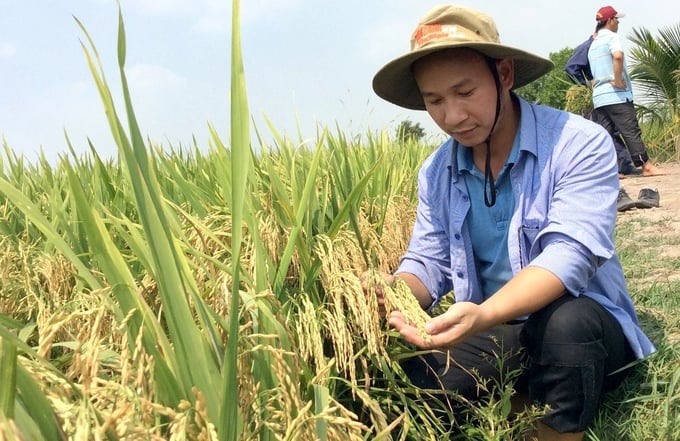
The prices of various types of rice and rice commodities in the Mekong Delta region have increased following the announcement that Indonesia will be importing an additional 1.5 million tons of rice. Photo: Son Trang.
According to the Vietnam Trade Office in Indonesia, following President Joko Widodo's announcement on October 8, 2023 regarding the need for an additional 1.5 million tons of national rice reserves by the end of 2023, Indonesia's Minister of Agriculture, Mr. Arief Prasetyo Adi, confirmed to the Indonesian press that Vietnam and Thailand would be the primary sources for the 1.5 million tons of rice import in the immediate future.
The Head of the National Logistics Agency of Indonesia (Bulog), which has been designated by the Indonesian government as the agency responsible for rice imports, Mr. Mokhamad Suyamto, confirmed that "Bulog will import 1.5 million tons of rice from Vietnam and Thailand." Bulog stated that all the necessary licenses for importing 1.5 million tons of rice have been issued by relevant Indonesian authorities, and the import process will commence as early as the end of October 2023.
The Vietnam Trade Office in Thailand believes that Indonesia's selection of Vietnam as the primary source for its rice purchases further affirms the reputation and quality of Vietnamese rice. In light of Indonesia's domestic food production shortage brought on by El Nino, Vietnam has earned the trust of the Indonesian government and customers by establishing itself as a reliable source of rice supply.
The U.S. Department of Agriculture (USDA) predicts that Indonesia's rice production for the 2022/23 crop will decrease due to the impact of El Nino. Most notably, El Nino has affected the domestic water resources, leading to an approximate 8.5% reduction in harvested acreage between September and November 2023. The total harvested acreage for the 2022/23 crop is projected to decrease by 4.7% compared to the same period, down to 11.05 million hectares. Consequently, the yield for the 2022/23 crop is projected to decrease by 6.1% compared to the same period, down to 32.3 million tons. On the other hand, input costs have risen due to increased fuel prices, resulting in higher rice and grain prices. USDA also forecasts Indonesia's rice imports to reach 1.5 million tons in the 2023/24 crop.
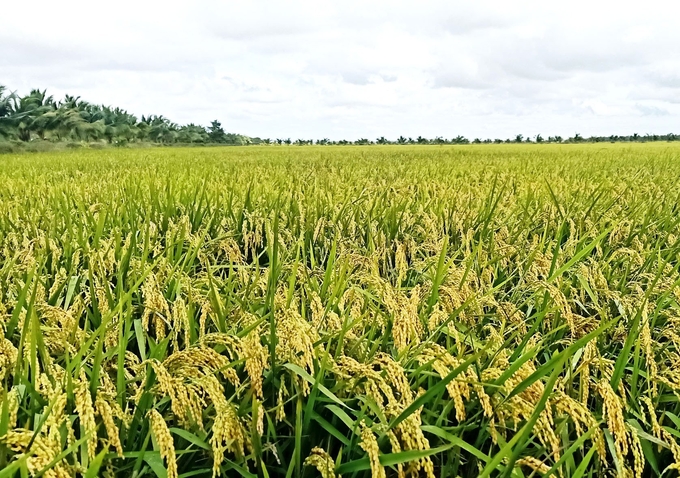
A winter-spring rice field ready for harvest in Long An province. Photo: Son Trang.
Indonesia's announcement of importing an additional 1.5 million tons of rice, primarily from Vietnam and Thailand, has led to an increase in rice prices across the Mekong Delta region. Ms. Nguyen Thi Hoa, a rice trader who purchases rice in the Dong Thap Muoi region of Long An province, stated that the prices of different rice varieties have continuously risen within the last few days. As of October 20, common dry rice varieties are priced between 7,800 to 8,300 VND per kilogram, and Long An sticky rice is priced between 9,200-9,400 VND per kilogram. Despite the rise in rice prices, traders like Ms. Hoa are finding it difficult to purchase a significant amount of winter-spring rice because farmers are inclined to stockpile their rice in anticipation of further price increases.
Vietnam's rice export prices have also been steadily increasing following Indonesia's announcement of importing an additional 1.5 million tons of rice. At the beginning of October 2023, Vietnamese 5% broken rice exports were priced at 613 USD per ton, and 25% broken rice exports were priced at 508 USD per ton. By October 20, the prices for these two types of rice had reached 543 USD and 528 USD pert on, respectively, representing an increase of 20 and 30 USD per ton.
According to the Vietnam General Department of Customs, Vietnam's rice exports reached nearly 6.42 million tons in the first nine months of 2023, which is valued at nearly 3.54 billion USD. This represents an increase of 19.5% in volume and 35.9% in value compared to the same period in 2022.
The Philippines continues to be the largest consumer of Vietnamese rice, accounting for 38% of the total export volume and 36.5% of the total export turnover, at over 2.44 million tons and 1.29 billion USD. This represents a decrease of 1.1% in volume but an increase of 12.8% in value compared to the first nine months of 2022.
Additionally, China the second largest consumer of Vietnamese rice, accounting for 13.3% of the total volume and 14% of the total export turnover, at 859,000 tons and 495.78 million USD. This represents a significant increase of 37.2% in volume and 55.2% in export value compared to the same period in 2022.
The Indonesian market ranks third, at 884,000 tons and 462.61 million USD, marking a substantial increase of 1,667% in volume and 1,794% in export value compared to the first nine months of 2022. Indonesia accounts for 13.8% of the total volume and 13% of the total export value of rice from Vietnam.
Translated by Nguyen Hai Long
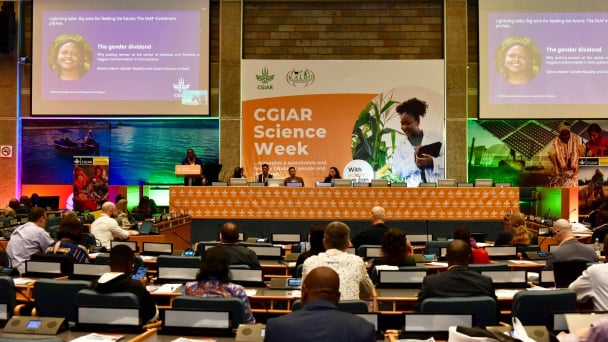
(VAN) The CGIAR’s Sustainable Animal and Aquatic Foods (SAAF) program represents a new approach that emphasizes the transformation of food systems toward sustainability.

(VAN) Scientists assume that industrial agriculture has been 'outdated.' As a result, a comprehensive overhaul or a revolution in the direction of embracing ecological agriculture is needed.

(VAN) The results from pilot fields are catalyzing the expansion of the One million hectares of high-quality, low-emission rice project in Kien Giang.
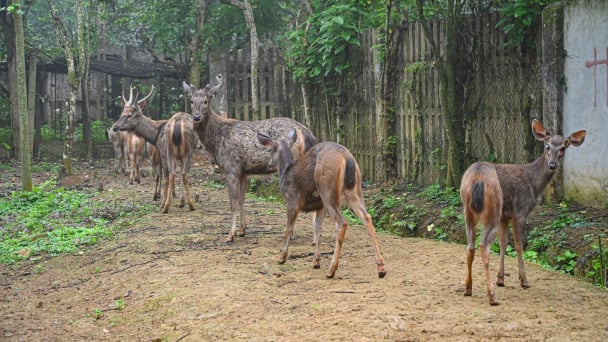
(VAN) On the morning of April 11, Cuc Phuong National Park received 18 individuals of endangered and rare wild animals from Da Nang city.
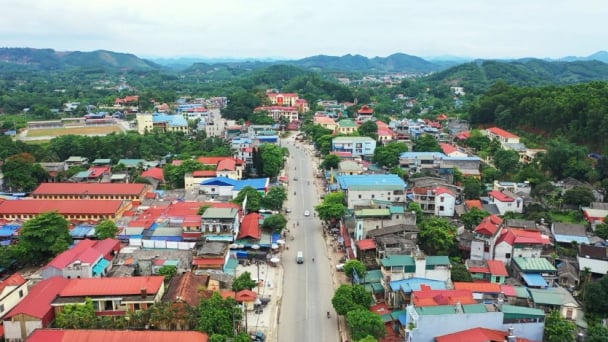
(VAN) FAO supports Vietnam in enhancing survey sampling techniques for the 2025 nationwide agricultural and rural census.
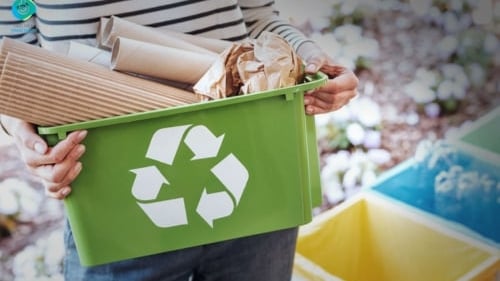
(VAN) By participating in the green transition, manufacturers become an indispensable part of the circular economy, contributing to resource optimization and environmental protection.

(VAN) The One Million Hectares of High-Quality and Low-Emission Rice Program can generate nearly 14 million tons of straw annually, posing an urgent requirement to diversify straw-based products.